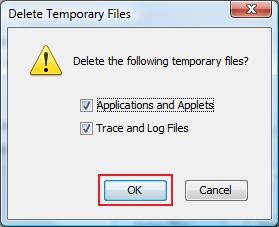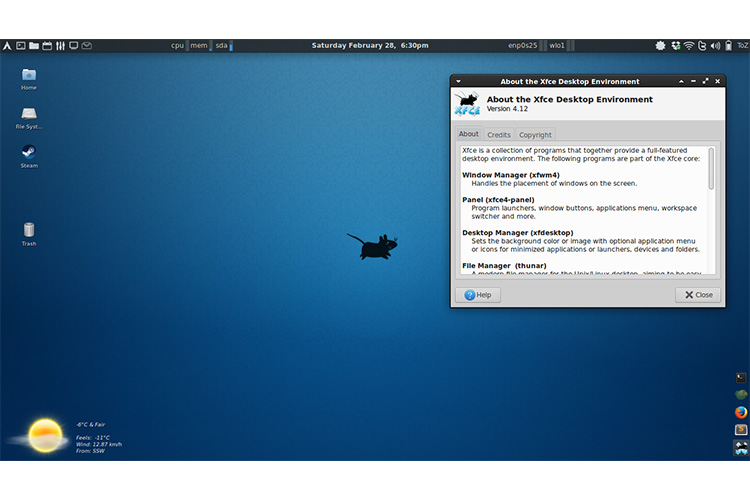Viruses found in this cache directory are not associated with the Java that was downloaded and installed on the system. A cache directory is a a temporary storage location. When the browser runs an applet or application, Java stores files into its cache directory for better performance.
Some examples of the virus reported in the cache directory:
- Trojan.ByteVerify
- Pdfjsc.CR
- Uutecwv.class
- Hieeyfc.class
Do you have problems recently with malicious java files? Here is a guide how to clear the Java cache.
Empty the Java Cache in Windows Platform
To clear the Java Plug-in cache:
- Click Start > Control Panel.
- Double-click the Java icon in the control panel.
The Java Control Panel appears.
- Click Settings under Temporary Internet Files.
The Temporary Files Settings dialog box appears.
- Click Delete Files.
The Delete Temporary Files dialog box appears.
- Click OK on Delete Temporary Files window.
Note: This deletes all the Downloaded Applications and Applets from the cache. - Click OK on Temporary Files Settings window.
Note: If you want to delete a specific application and applet from the cache, click on View Application and View Applet options respectively.
Mac OS X
- Go to the /Applications/Utilities/Java directory.
- Open the Java x.xx Plugin Settings application (x.xx is your plugin version).
3. Click on the Cache menu section. Then Clear on the Top!
Tips for Linux Users:
Go to the JRE’s directory and open ControlPanel.html in the browser or from the Terminal browser the Java Plugin Directory and run:
./ControlPanel
to open the Control Panel.
If you can’t remove any of this viruses just comment below and can help you!













